Transforming a space into something extraordinary is the ultimate goal of any luxury home renovation project. Whether you’re aiming to maximize your home’s value, create a more comfortable living environment, or simply indulge in the allure of high-end upgrades, the possibilities are endless. Renovations aren’t just about aesthetics—they’re about functionality, investment, and creating a space that truly reflects your style and lifestyle. With the right approach, you can elevate your home to new heights, turning it into a haven of sophistication and modernity. From understanding the 30% rule for maximizing ROI to learning how to allocate resources wisely, this guide will walk you through the essential strategies for achieving a luxury home renovation that delivers both beauty and value.
Key Takeaways
– Boost Curb Appeal: Paint your front door with a rich, deep color and install pathway lights for an inviting entrance.
– Elevate the Entryway: Add a console table, place a plush area rug, hang statement wall art, and include a statement mirror for a welcoming and stylish vibe.
– Refine Interior Design: Invest in high-quality furniture, choose a plush sectional sofa, and add texture with a large Persian rug. Enhance lighting with table lamps and dimmers.
– Upgrade the Kitchen: Install high-end appliances, opt for durable quartz or marble countertops, and customize cabinetry for a refined look.
– Luxury Bathroom Retreat: Select high-end fixtures, install a freestanding tub, use marble or granite tiles, and add heated floors and a towel warmer.
– Smart Windows and Doors: Replace windows with low-E glass and integrate a smart home system for energy efficiency and convenience.
– Personalized Touches: Use custom or statement wallpaper, curate meaningful artwork, set up a home theater, and add outdoor amenities like pools or outdoor kitchens.
– Stylish Accessories: Use a neutral color palette with bold accents, incorporate silk drapes, and add decorative trays, vases, and candles for polish.
– Budget-Friendly Luxury: Opt for dark accent walls, layer lighting, shop at affordable stores for high-quality furniture, and update floors with hardwood or tile.
– Make Every Space Shine: Add crown molding, create clutter-free zones, and arrange furniture symmetrically for a balanced, expensive look.
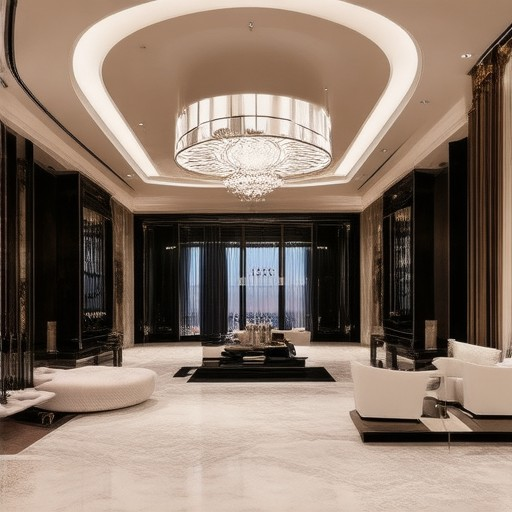
Understanding the 30% Rule for Renovations
The 30% rule is a popular guideline used by homeowners and professionals to budget for home renovations. It suggests that no more than 30% of your home’s value should be spent on total renovations.
- Example Calculation: If your home is appraised at $300,000, the maximum you should allocate for renovations would be 30% of $300,000, which equals $90,000.
- Why the 30% Rule?** This rule helps prevent overspending based on your home’s current value. It ensures that you have money left for unexpected expenses or other priorities.
- Key Considerations:**
- Your home’s current market value determines the 30% threshold.
- Consider the scope of your renovation—small fixes versus major overhauls.
- Factor in unexpected costs, such as discovering structural issues during remodeling.
Applying the 30% Rule Wisely
To effectively use the 30% rule, follow these steps:
- Assess Your Home’s Value:** Obtain a professional appraisal or use reliable online tools to determine your home’s current market value.
- Prioritize Needs Over Wants:** Allocate funds wisely by focusing on essential upgrades before luxury features.
- Stay Within Budget:** Stick to your allocated renovation budget to avoid financial strain and ensure successful project completion.
When to Exceed the 30% Rule
While the 30% rule is a useful guideline, there are situations where exceeding it might be justified:
- If your renovation significantly increases your home’s value, potentially covering the extra cost in resale value.
- For unique or custom projects where the investment aligns with long-term goals or lifestyle improvements.
Resources for Renovation Planning
For expert insights and practical advice on home renovations, visit Peck and Gartner . Their comprehensive guides and DIY tips can help you plan your renovation with confidence and style.
Is $100,000 Enough to Renovate a House?
The cost of renovating a house can vary greatly depending on the scope and details of the project. Here’s a breakdown of factors to consider:
- Average Costs: A whole-house remodel typically starts around $71,000. $100,000 falls above this average, making it suitable for moderate to large-scale projects.
- Labor Costs: Labor is a significant expense, varying by region and expertise. Plan accordingly for demolition, installation, and finishing work.
- Materials: Choose finishes wisely—kitchen cabinets, countertops, and flooring can add substantially to the budget.
- House Size: Larger homes may require more materials and labor, affecting overall costs.
- Location: Labor rates and material prices differ by location, impacting the total expenditure.
- Project Scope: Decide whether you’re aiming for a basic remodel or a luxury upgrade, which can increase costs.
- Contingency Fund: Set aside extra money for unforeseen issues like structural problems or increased scope.
While $100,000 is sufficient for many projects, consult with a professional to estimate costs based on your specific needs and plans.
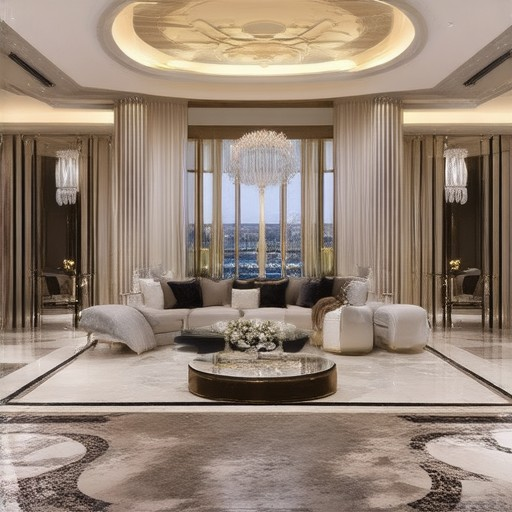
What Adds Most Value When Renovating a House?
When renovating a house, several projects can significantly enhance its value and appeal. Here’s a breakdown of renovations that typically offer the highest return on investment:
- Kitchen Renovations : Upgrading the kitchen is one of the most impactful renovations. Installing modern appliances, updating cabinetry, and selecting durable countertops and flooring can greatly improve functionality and aesthetic appeal.
- Bathroom Renovations : Similarly, bathrooms command high attention due to their importance in daily life. Updating fixtures, adding tile work, and improving storage solutions can elevate comfort and resale value.
- Living Room Updates : Creating a welcoming and functional living space involves comfortable seating, smart home technology integrations, and improved lighting. These elements enhance daily living and can attract potential buyers.
- Outdoor Spaces : Enhancing outdoor areas with a well-designed patio, deck, or garden, along with landscaping, can extend living space and boost curb appeal, making the property more attractive to buyers.
- Master Suite Enhancements : A spacious and well-organized master suite, complete with a comfortable bed, ample storage, and a private retreat feel, adds significant value to a home.
- Energy Efficiency Improvements : Installing solar panels, energy-efficient windows, and smart thermostats not only reduces utility bills but also appeals to environmentally conscious buyers.
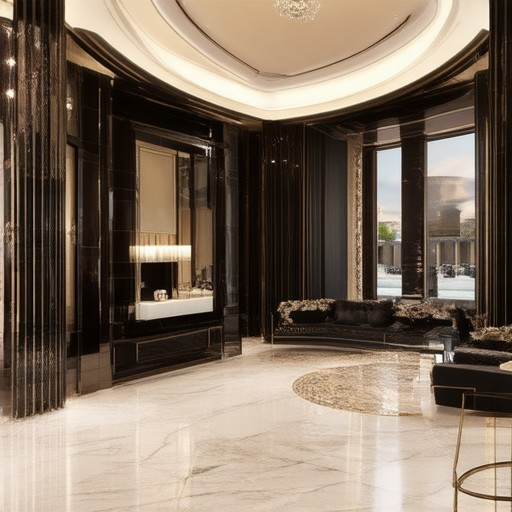
How to Turn Your Home Into a Luxury Home
To transform your home into a luxury retreat, consider these strategic enhancements:
1. Curb Appeal
- Paint the Front Door: Opt for a rich, deep color like navy or charcoal gray.
- Landscaping: Maintain a tidy lawn, prune trees, and add seasonal flowers.
- Pathway Lights: Install solar-powered lights for an inviting entrance.
2. Entryway Elegance
- Console Table: Add a stylish table for keys and coats.
- Area Rug: Place a plush rug to welcome guests.
- Wall Art: Hang statement pieces that reflect your style.
- Statement Mirror: Enhance the space with a decorative mirror.
3. Interior Design
- Furniture Selection: Invest in high-quality materials like leather and marble.
- Comfort Pieces: Choose a plush sectional sofa and an ornate coffee table.
- Rugs: Add texture with a large Persian rug.
- Lighting: Use table lamps with elegant shades and install dimmers.
4. Kitchen Upgrade
- Appliances: Install stainless steel or black appliances.
- Countertops: Opt for durable quartz or marble.
- Cooking Equipment: Add a gourmet cooktop or oven.
- Cabinetry: Choose custom woodwork for a refined look.
- Lighting: Include under-cabinet lights and a wine cooler.
5. Bathroom Retreat
- Fixtures: Select high-end faucets and showers.
- Tub and Shower: Install a freestanding tub and rainfall showerhead.
- Tiles: Use marble or granite for a sleek finish.
- Vanity: Choose a modern design with soft-close drawers.
- Luxury Touches: Add heated floors and a towel warmer.
6. Window and Door Upgrades
- Energy Efficiency: Replace windows with low-E glass options.
- Smart Home System: Integrate controls for heating, lighting, and security via a smartphone.
- Security Features: Install a modern alarm system.
7. Personalized Touches
- Wallpaper: Consider custom or statement wallpaper.
- Artwork: Curate meaningful pieces for a curated look.
- Home Theater: Set up a projector and surround sound system.
- Outdoor Amenities: Add a pool, hot tub, or outdoor kitchen.
8. Styling and Accessories
- Color Palette: Use neutral tones with a bold accent color.
- Accessories: Decorative trays, vases, and candles add polish.
- Textiles: Silk drapes and throw pillows enhance comfort.
9. Maintenance and Renovation
- Regular Cleaning: Keep surfaces polished and clutter-free.
- Renovations: Refresh with updated fixtures and finishes.
- Landscape Lighting: Enhance outdoor spaces with well-placed lights.
By focusing on these areas, you can create a home that exudes luxury and comfort, offering a sanctuary for relaxation and elegance.
How to Make Your Home Look Expensive
Transforming your home into a visually luxurious space doesn’t require a massive budget. With strategic choices and smart styling, you can create a high-end look without breaking the bank. Here’s how:
1. Wall Treatments
- Dark Accent Walls: Opt for a single wall painted in a rich, deep color like Benjamin Moore’s “Kendall Charcoal.” This creates a dramatic focal point without the cost of painting the entire room.
- Textured Wallpaper: Use peel-and-stick wallpaper for an affordable alternative to traditional wallpaper, adding depth and visual interest to your space.
2. Lighting
- Statement Fixtures: Invest in lighting that makes a statement, such as a bold chandelier or a sleek table lamp from brands like West Elm or Pottery Barn. Look for sales or discounts to keep costs manageable.
- Layer Lighting: Combine task lights, ambient lights, and accent lights to create a layered lighting effect, enhancing the room’s sophistication.
3. Furniture Arrangement
- High-Quality Pieces: Shop for furniture at stores like Target or Amazon that offer high-end designs at accessible prices. Consider investing in pieces that can be customized with fabric or paint to add uniqueness.
- Texture and Layering: Use throws, rugs, and blankets with varying textures to add warmth and depth to your space, creating a luxurious feel without significant investment.
4. Decorative Accents
- Mirrors: Place a large mirror in the entryway or living room to reflect light and add a sense of space. Opt for affordable options from IKEA or Wayfair.
- Artwork and Photos: Display framed artwork or family photos in elegant frames. Consider purchasing prints to keep costs low while adding personality and style.
- Plants: Incorporate lush greenery to bring life to your space. Small, low-maintenance plants like succulents can add a touch of nature without much effort.
5. Textures and Materials
- Marble and Quartz: Update your kitchen or bathroom with affordable alternatives like marble backsplashes or quartz countertops to mimic high-end finishes.
- Hardware Details: Enhance your space with subtle gold or silver accents in door handles, light switches, and picture frames found at HomeGoods or similar retailers.
6. Color Palette
- Monochromatic Scheme: Choose a deep, neutral color palette for a sophisticated look. Introduce pops of a contrasting color through decorative elements to add vibrancy.
- Light Reflection: Opt for lighter colors to make rooms feel more spacious and airy, enhancing the luxurious ambiance.
7. Layout and Flow
- Clutter-Free Space: Keep your space tidy and uncluttered to allow the eye to flow freely, creating an open and inviting atmosphere.
- Symmetry and Proportion: Arrange furniture and decor to create balance, making the space feel more intentional and expensive.
8. Exterior Touches
- Curb Appeal: Enhance your home’s exterior with a fresh coat of paint, a stylish door mat, or potted trees to make a lasting impression.
9. Personal Touches
- Family Heirlooms: Display meaningful items like vintage jewelry, heirloom dishes, or travel souvenirs in creative ways to add personal charm.
10. Smart Shopping Tips
- Budget-Friendly Brands: Explore stores like Target, Amazon, and Wayfair for affordable home decor that offers a luxury vibe.
- Seasonal Sales: Take advantage of seasonal discounts and sales to purchase high-end pieces at more accessible prices.
11. Flooring Updates
- Hardwood and Tile: Consider updating your floors with affordable options like engineered wood or vinyl plank flooring to achieve a high-end look.
12. Ceiling Enhancements
- Crown Molding: Add crown molding or decorative ceiling elements to make the ceiling appear higher and more grand.
13. Dining Table Centerpieces
- Tablescapes: Use candles, decorative bowls, or unique serving pieces to elevate your dining table setting.
By focusing on these key areas and incorporating thoughtful design choices, you can create a home that feels expensive without a hefty price tag.
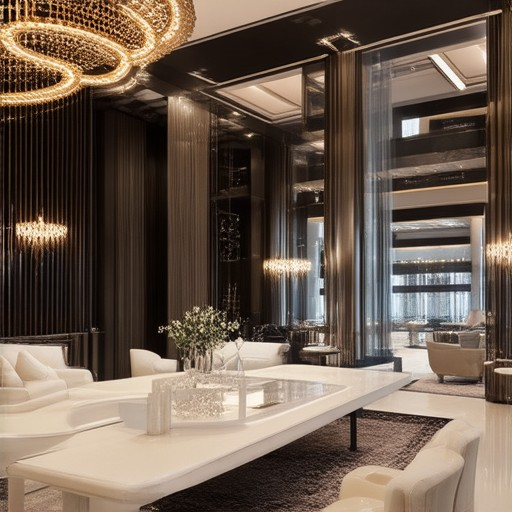
What Makes a House More Expensive?
A house becomes more expensive due to several factors, each contributing uniquely to its valuation:
- Location : Properties in urban centers or desirable neighborhoods often command higher prices due to competition for available housing and proximity to amenities.
- Property Size : Larger lots or houses with more rooms typically cost more, reflecting increased space and potential income from renting out extra spaces.
- Construction Materials : Homes built with premium materials like stone, hardwood flooring, or energy-efficient systems tend to appreciate faster.
- Amenities and Features : Modern kitchens, smart home technology, and luxury finishes enhance appeal and drive up prices.
- Land Appreciation : An increase in land value can lead to higher property assessments, affecting market pricing.
- Market Conditions : A strong real estate market with high demand and low inventory can cause bidding wars, pushing prices upward.
- Interest Rates and Affordability : Lower interest rates may make homes seem more affordable initially, but they can also influence buyer demand and pricing dynamics.
- Taxes and Fees : Additional costs like property taxes and closing fees contribute to the total expense.
- Development Costs : New construction often involves higher expenses for materials and labor, which are passed on to buyers.
Understanding these factors helps in assessing why certain properties are priced higher than others.

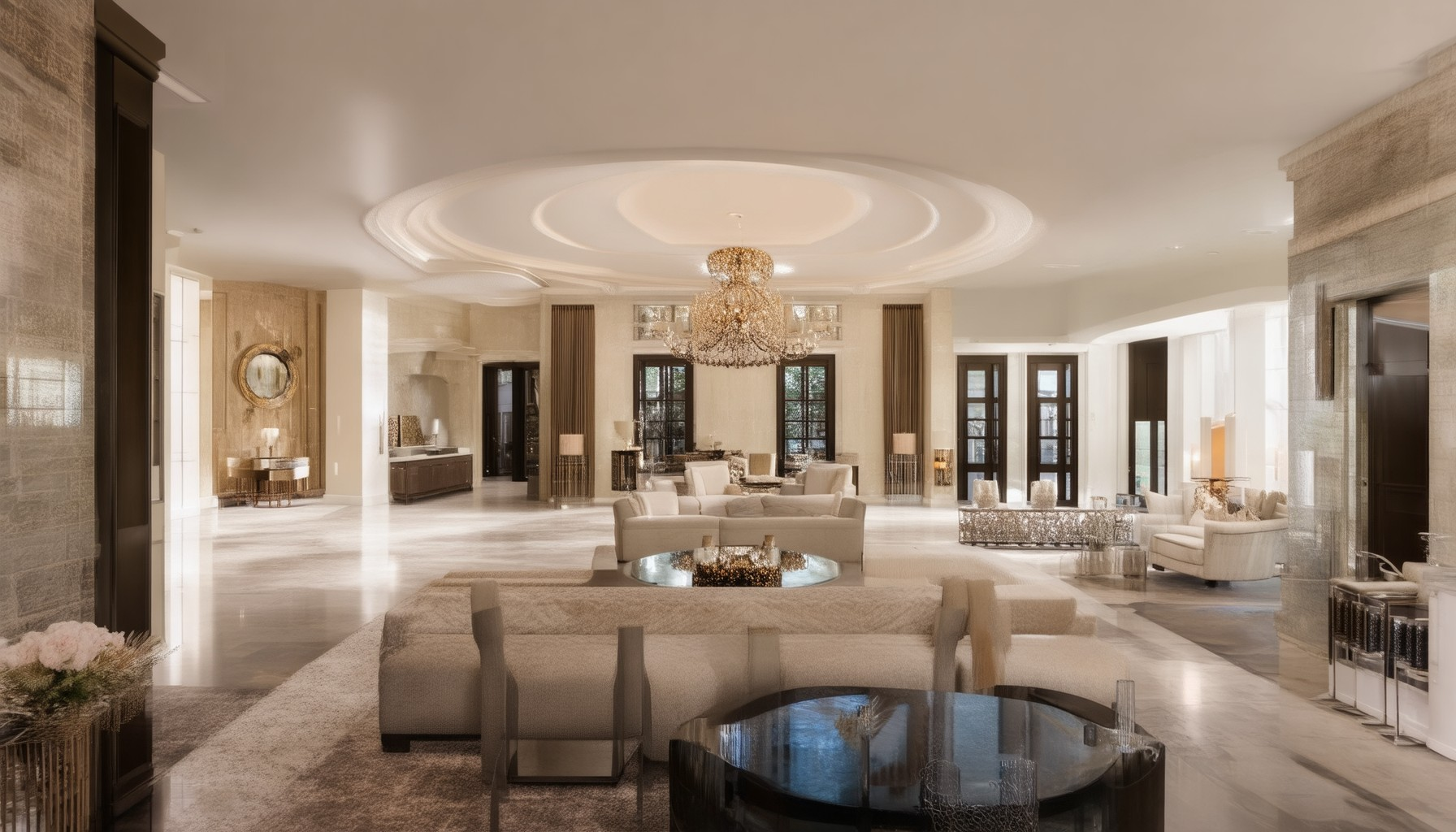



0 Comments